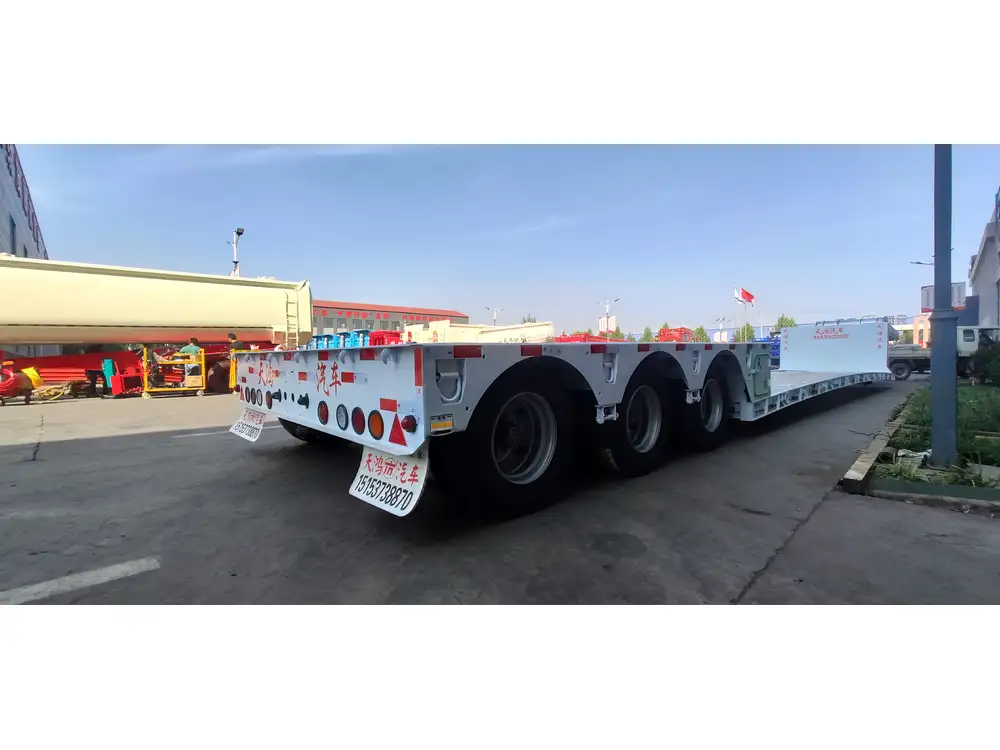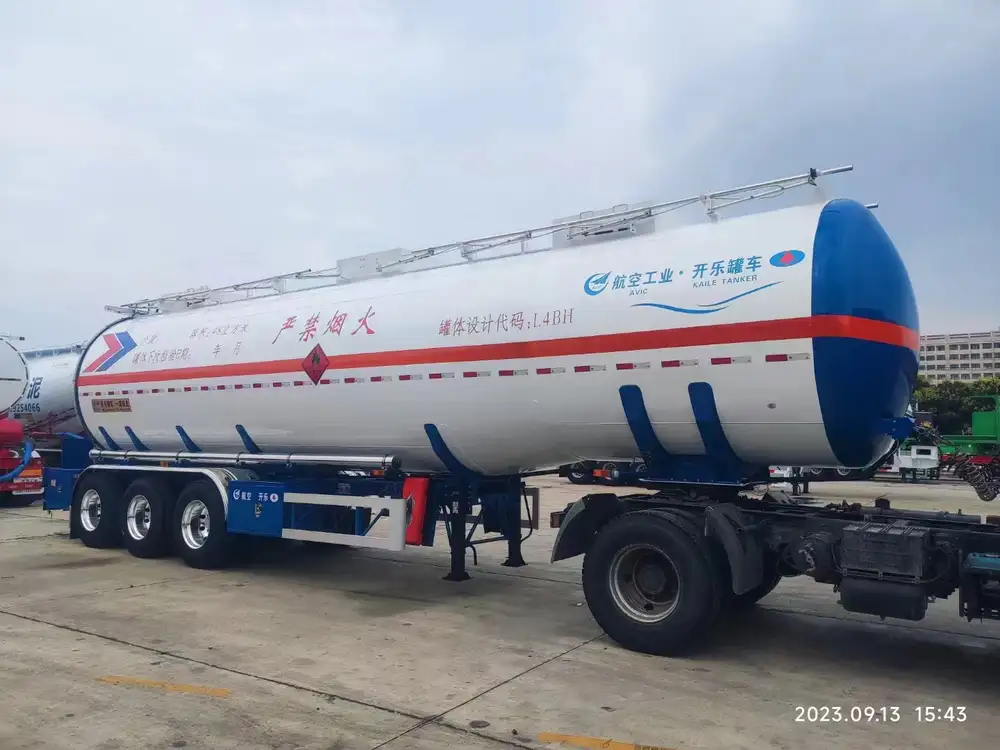Unloading cargo from a flatbed trailer can seem like a daunting task, laden with complexities and potential hazards. However, with the right knowledge, equipment, and planning, this procedure can be executed smoothly and safely.
Table of Contents
- Understanding Flatbed Trailers
- Safety First: Essential Precautions
- Preparation: What You Need Before Unloading
- Tools and Equipment Required
- Different Unloading Methods
- Steps for Unloading a Flatbed Trailer
- Post-Unloading Procedures
- Common Challenges and Solutions
- Conclusion
Understanding Flatbed Trailers
Flatbed trailers are essential in the transportation industry, serving as versatile platforms for a wide range of cargo, including:
- Construction materials: Such as steel beams, lumber, and concrete forms.
- Vehicles: Cars, trucks, or other machinery.
- Large equipment: Heavy machinery like bulldozers or generators.
Given their open design, flatbed trailers provide flexibility for loading and unloading, but they come with their own set of challenges.

Safety First: Essential Precautions
Unloading a flatbed trailer involves manual handling and machinery, which necessitates adherence to safety protocols. Key safety measures include:
- Personal Protective Equipment (PPE): Always wear safety glasses, hard hats, gloves, and steel-toed boots to prevent injuries.
- Clear workspace: Ensure that the area around the trailer is free from debris and obstacles.
- Identify hazards: Be aware of potential risks such as uneven surfaces, weather conditions, and moving vehicles.
Preparation: What You Need Before Unloading
Before embarking on the unloading process, it is crucial to prepare systematically. Here’s what to consider:
- Determine cargo type: Understand the nature of the cargo to evaluate how best to approach unloading.
- Establish unloading location: Select an appropriate area that allows for easy access and minimizing risks.
- Notify team members: Ensure all personnel involved are aware of their roles and the unloading plan.
Tools and Equipment Required
The tools and equipment you utilize directly affect the unloading process. Depending on the cargo type, here’s a breakdown of potential needs:
| Tool/Equipment | Purpose |
|---|---|
| Forklift or Pallet Jack | Lifting and transporting heavy items |
| Tarps and Straps | Securing cargo during transport and unloading |
| Ramps for Loading Equipment | Assisting in loading and unloading on inclined surfaces |
| Dumbbells or Hoists | Lifting unusually shaped or heavy items |
| Hand Trucks | Moving smaller loads efficiently |

Different Unloading Methods
Understanding different unloading methods is essential for effective and safe operations. Here are several techniques:
- Gravity unloading: Utilizing gravity to assist the unloading process—work best for items with a consistent bulk.
- Forklift unloading: Using forklifts to lift cargo off the trailer and transport it to the designated area.
- Manual unloading: Relying on a team of workers to manually lift and move light loads.
- Slings and hoists: Employing rigging equipment for overhead unloading, beneficial for heavier and bulkier items.
Steps for Unloading a Flatbed Trailer
Carrying out the unloading process requires attention to detail and systematic steps. Here’s a comprehensive guide:
Positioning the Trailer: Ensure the flatbed is parked on a level surface with sufficient room for maneuvering.
Deploy Safety Measures: Make sure all personnel are equipped with PPE and signaling is established.
Inspect the Cargo: Before unloading, inspect the load for any signs of damage or instability.
Secure the Load: Remove tarps and unfasten straps or chains, ensuring that the load remains stable during initial movements.
Choose the Unloading Method: Determine if you will use equipment or perform the unloading manually, based on the weight and nature of the cargo.
Begin Unloading:
- If using a forklift, position it carefully to lift the cargo.
- For manual unloading, designate tasks to team members to maintain efficiency.
Monitor Stability: As the cargo is cleared from the trailer, ensure that it remains balanced and secure.
Final Assessment: After all items are unloaded, conduct a final check for any equipment, cargo ties, or hazards left behind.
Post-Unloading Procedures
Once the unloading is complete, the following steps must be taken to ensure safety and efficiency:
- Clean-up: Remove any remaining debris or equipment from the unloading area.
- Inspect the Trailer: Check the flatbed for any signs of damage or maintenance needs before it is used again.
- Document the Process: Record any discrepancies or issues confronted during unloading for future reference and continuous improvement.

Common Challenges and Solutions
Unloading a flatbed trailer can present several challenges. Here are common issues and effective solutions:
| Challenge | Possible Solution |
|---|---|
| Unstable Load | Use additional straps or supports before unloading. |
| Weather Conditions | Postpone unloading during severe weather; ensure tarps are secure. |
| Equipment Malfunction | Conduct regular maintenance checks and inspections. |
| Personnel Coordination Issues | Hold pre-unloading briefings to clarify roles and expectations. |
| Restricted Access to Unloading Area | Plan routes ahead of time and ensure clear communication among team members. |
Conclusion
Successfully unloading a flatbed trailer requires a combination of preparation, safety awareness, teamwork, and the right tools. By following a structured approach and being mindful of potential challenges, we can execute this task efficiently and safely. The transportation industry demands precision, and mastering the unloading process is a pivotal aspect of that precision. For manufacturers and operators alike, understanding these best practices not only enhances safety but also optimizes operations, ultimately leading to higher productivity and customer satisfaction.
Understanding the intricacies of unloading a flatbed trailer can greatly enhance operational effectiveness. We encourage further exploration of best practices and continual refinement of techniques to ensure a safe, efficient, and effective unloading process in all transportation scenarios.



